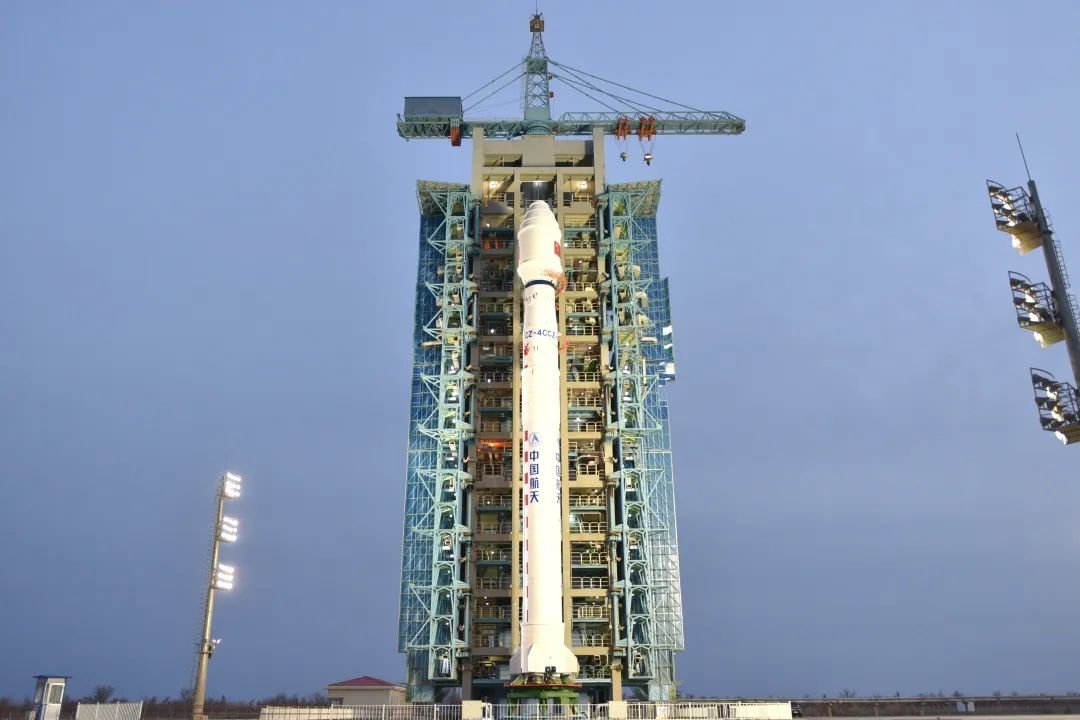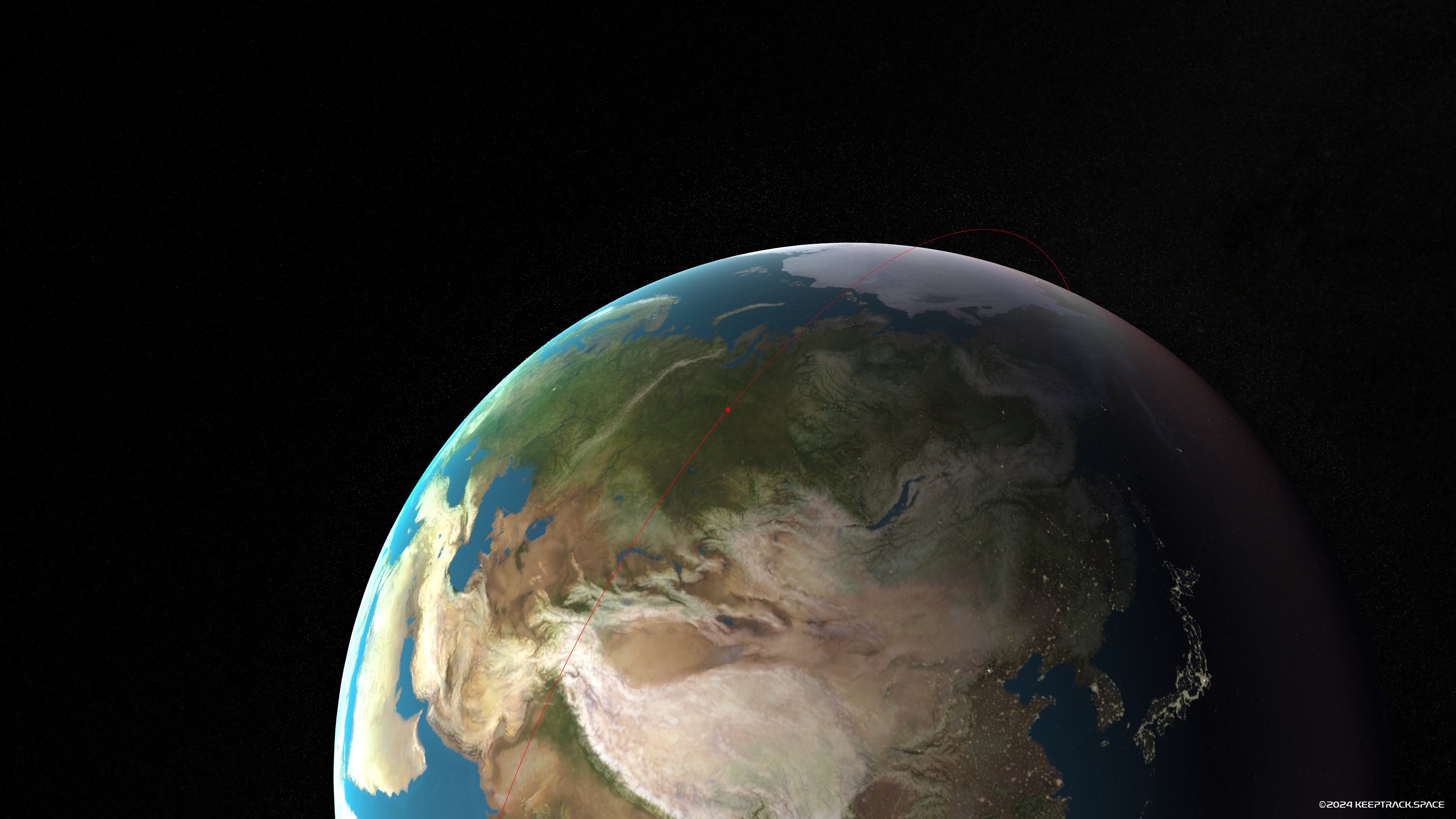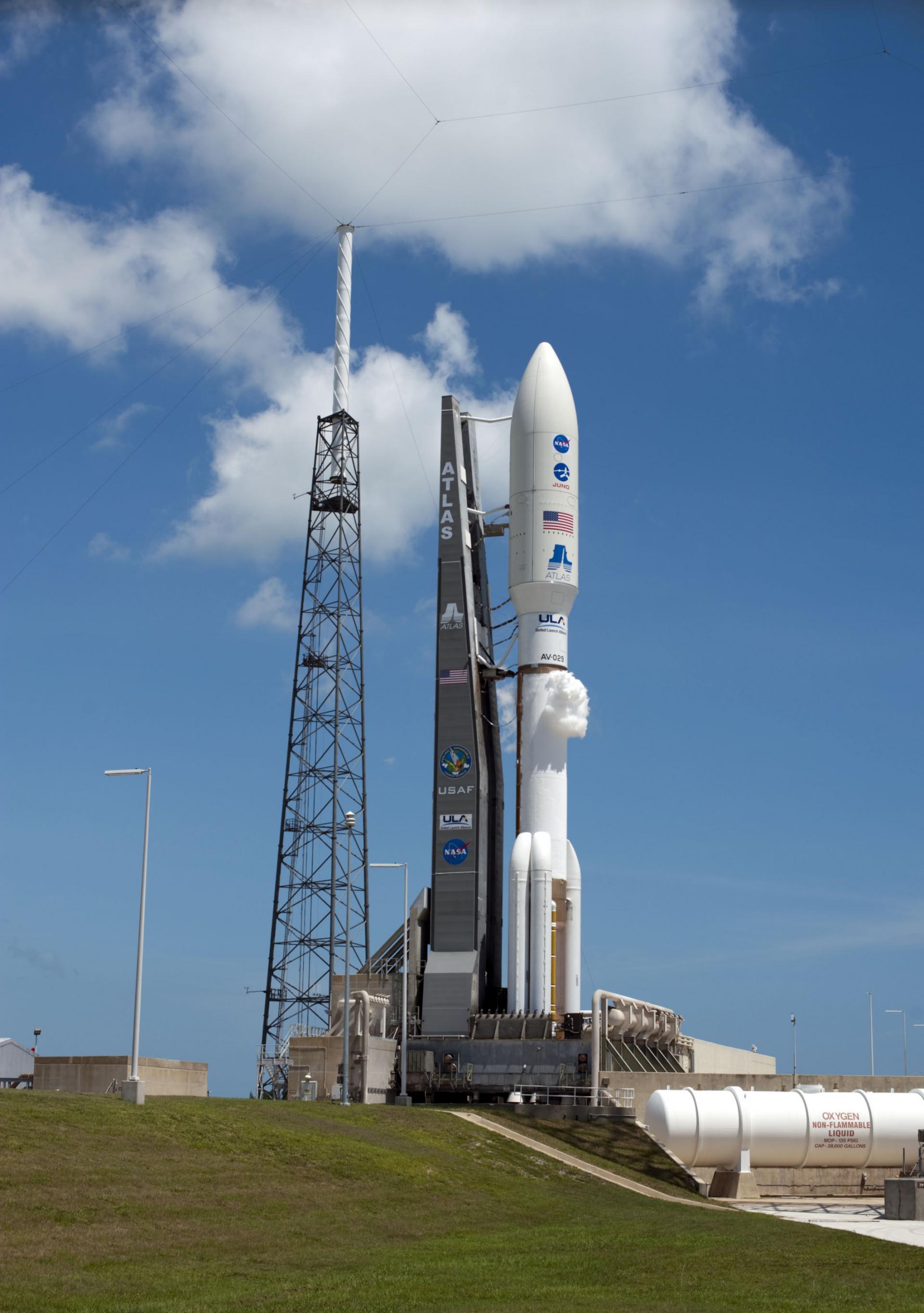· space brief · 6 min read
Space Brief 21 May 2025
Today's Space Brief covers significant events including a high-stakes missile defense program, recent Chinese satellite launches, military defense initiatives, and key profiles in defense leadership.

📄Top Stories
A historic $175 billion U.S. missile defense initiative, the Golden Dome, now officially led by a Space Force general, aims to bolster national security. Meanwhile, China advances its space efforts with a classified communications satellite launch and a commercial sea launch. These developments highlight increasing global activity in space as both nations amplify their strategic capabilities.
📰Detailed Coverage
Space Force Takes Helm of $175 Billion Golden Dome Project
In a landmark move, President Donald Trump has appointed a U.S. Space Force general to lead the Golden Dome missile defense program, representing one of the most ambitious military investments in recent U.S. history. The project aims to establish a comprehensive missile defense shield, with full operational capability expected by the end of Trump’s term. Canada has even expressed interest in participating in this expansive defense network.
The appointment of Space Force involvement underscores the growing role of space capabilities in national defense. The program’s success will rely heavily on advanced satellite tracking to intercept threats, offering intriguing possibilities for integration with our web app’s satellite monitoring features.
Read the full story: Breaking Defense
China’s Dual Launch: Classified Satellite and Commercial Sea Mission
China’s aerospace industry continues its strategic launches with a classified communications satellite sent into geosynchronous orbit and a commercial naval-based Ceres-1 rocket launch. The Long March 7A rocket executed the satellite deployment from the Wenchang Satellite Launch Center, emphasizing China’s growing capability to manage multiple launch platforms.
These initiatives reflect China’s ambition to enhance its communication satellite network and further develop its commercial space sector. Monitoring these satellite deployments assists in understanding global satellite distribution, a key feature provided by our satellite tracking capabilities.
Read the full story: SpaceNews
Army Transitions: Halting New Logistics and Missile Purchases
The U.S. Army is considering halting the procurement of a new logistics boat and Tomahawk (TOW) missile systems as part of a broader transformation strategy to allocate funds more effectively. Secretary Daniel Driscoll announced that this move could potentially free up $48 billion over the next five years.
These decisions are critical as they reflect shifting priorities within the military strategy, potentially leading to increased investment in space-based military communication and tracking systems, which serve as a backbone for modern defense operations.
Read the full story: Breaking Defense
Profile in Leadership: Senator Kevin Cramer’s Role in Defense Oversight
Senator Kevin Cramer, as Chair of the Senate Armed Services Subcommittee on Airland, plays a pivotal role in shaping U.S. Army, Air Force, and National Guard planning and operations. His leadership is crucial in determining military policies that span land and air defense strategies.
Senator Cramer’s decisions are influential in steering defense policy, potentially affecting areas such as space force funding and satellite-based defense systems, which are integral to national security infrastructure.
Read the full story: Breaking Defense
Exclusive Interview with Air Force General David Allvin
An exclusive with Air Force General David Allvin explores his perspectives on the Air Force’s evolving role amidst shifting defense strategies. This conversation sheds light on the integration of space operations within air force missions, highlighting the strategic overlap between air and space military sectors.
Such insights are valuable as we look at the intersection between military operations and space technology advancements, emphasizing the importance of robust satellite tracking systems.
Read the full story: Breaking Defense
🛰️Satellite Spotlight
- Satellite Name: FLOCK 1C-5
- NORAD ID: 40038
- Launch Date: June 19, 2014
- Mission: Technology demonstration for imaging payloads; part of the Flock constellation.
- Orbit: LEO (Low Earth Orbit)
- Operator: Planet Labs (PLABS)
- Fun Fact: FLOCK 1C-5 is a CubeSat that contributes to Earth imaging, helping to provide insights on various environmental changes.
Track this satellite in real-time on our web app: Track FLOCK 1C-5
🌌Space Weather
Current space weather shows Enhanced solar wind (654 km/s).
R0 - S0 - G0
Next 24 Hours: In the next 24 hours, there is no risk of radio blackouts or solar radiation storms, making it a favorable period for satellite operators and communication users. The geomagnetic outlook indicates no G1 (Minor) or greater geomagnetic storms are expected, which means ground-based radars and telescopes should operate without significant interference. However, unsettled to active levels are expected due to persistent Coronal Hole High-Speed Stream (CH HSS) activity, which might cause minor fluctuations in satellite drag for Low Earth Orbit (LEO) satellites.
Beyond: Looking ahead from 19 May to 14 June 2025, solar activity is generally predicted to remain at low levels with a chance for R1-R2 (Minor-Moderate) events during this timeframe. No proton events are expected at geosynchronous orbit, which is reassuring for satellite operators concerned about high-energy particle impacts. However, the greater than 2 MeV electron flux at geosynchronous orbit might reach high levels on several key dates (19-23 May, 29 May - 05 Jun, and 14 Jun) due to recurrent coronal hole activity.
Geomagnetic activity is likely to be elevated above quiet levels most of the time over the next 27 days, with G2 (moderate) conditions expected on 29 May and 13 Jun, and G1 (minor) conditions on 19 May, 28 May, and 14 Jun. Active phases are likely from 30 May to 01 Jun, and on 10 Jun, while unsettled conditions can also be anticipated on various dates throughout this period. Ground-based systems and LEO satellite operations should remain vigilant, as these fluctuations may affect performance and increase drag on satellites.
Stay tuned for more updates!
Upcoming Space Launches
May 22
- SpaceX Falcon 9 Block 5:
- Starlink Group 11-16 from Vandenberg Space Force Base, CA, USA (20:58 UTC) A batch of satellites for the Starlink mega-constellation - SpaceX’s project for space-based Internet communication system.
May 23
- Russian Space Forces Soyuz 2.1a/Fregat-M:
- Kosmos (Unknown Payload) from Plesetsk Cosmodrome, Russian Federation (07:00 UTC) Unknown classified payload for the Russian military.
May 24
- SpaceX Falcon 9 Block 5:
- Starlink Group 12-22 from Cape Canaveral SFS, FL, USA (17:19 UTC) A batch of satellites for the Starlink mega-constellation - SpaceX’s project for space-based Internet communication system.
May 25
- SpaceX Falcon 9 Block 5:
- Starlink Group 17-1 from Vandenberg SFB, CA, USA (16:14 UTC) A batch of satellites for the Starlink mega-constellation - SpaceX’s project for space-based Internet communication system.
May 27
- SpaceX Starship:
- Flight 9 from SpaceX Starbase, TX, USA (23:30 UTC) 9th test flight of the two-stage Starship launch vehicle.
May 28
-
China Aerospace Science and Technology Corporation Long March 3B/E:
- Tianwen-2 from Xichang Satellite Launch Center, People’s Republic of China (00:00 UTC) Tianwen-2 is a planned Chinese asteroid sample return and comet orbiter mission. The spacecraft will visit the Near Earth asteroid 469219 Kamoʻoalewa (2016 HO3), collecting samples from its surface. It will return the samples to Earth around 2.5 years after launch, with a subsequent visit to the main-belt comet 311P/PANSTARRS in the mid-2030s.
-
SpaceX Falcon 9 Block 5:
- Starlink Group 10-32 from Kennedy Space Center, FL, USA (13:30 UTC) A batch of satellites for the Starlink mega-constellation - SpaceX’s project for space-based Internet communication system.
Note: Launch dates and times are subject to change due to technical or weather considerations.

Maurice Stellarski





